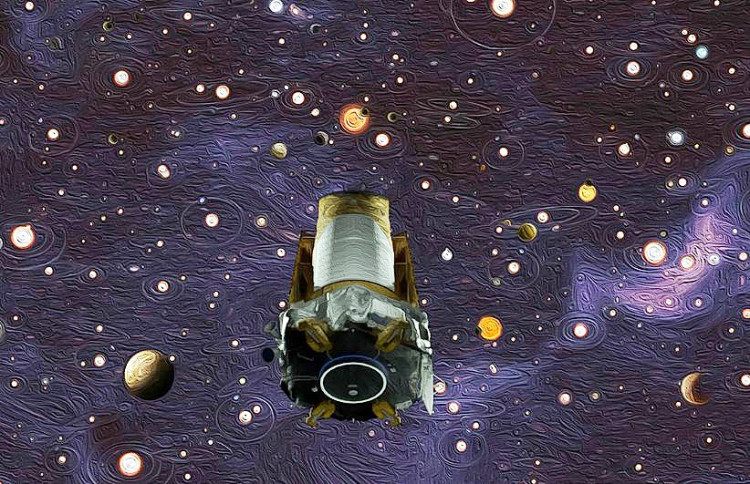The NASA Kepler space observatory's utterly successful nine-year-old mission to seek out Earth-size planets orbiting other stars has come to a glorious end.
Kepler was NASA's first planet-hunting mission, and it opened our eyes to the diversity of planets that exist in our galaxy and elsewhere. But more important, Kepler was the first NASA mission to detect Earth-size planets in the habitable zones of other stars. In all, Kepler surveyed more than 500,000 stars.
Launched on March 6, 2009, Kepler breathed its last yesterday (Oct. 30) when its mission ended due to a lack of fuel needed for further science operations, according to NASA. The agency said it's decided to retire the spacecraft within its current, safe orbit, away from Earth.
Kepler leaves a legacy of more than 2,600 exoplanet discoveries from outside our Solar System. Many of these exoplanets might be promising places for life to thrive and flourish.
Kepler has wildly exceeded all our expectations and paved the way for our exploration and search for life in the solar system and beyond, said Thomas Zurbuchen, associate administrator of NASA's Science Mission Directorate in Washington.
He said Kepler showed mankind how many planets might be out there. Kepler also sparked an entirely new and robust field of research that has taken the science community by storm.
Kepler's discoveries have shed a new light on mankind's place in the Universe. It's also illuminated the tantalizing mysteries and possibilities among the stars.
The most recent analysis of Kepler's discoveries concludes that 20 to 50 percent of the stars visible in the night sky are likely to have small (possibly rocky) exoplanets similar in size to Earth. These exoplanets are also located within the habitable zone, also called the Goldilocks Zone, of their parent stars.
This discovery means these exoplanets are located at distances from their parent stars where liquid water -- a vital ingredient to life as we know it -- might exist on the planet surface.
The most common size of planet Kepler found doesn't exist in our solar system, however. This planet is a world between the size of Earth and Neptun. Kepler also found Mother Nature often produces jam-packed planetary systems with an astounding number of planets orbiting close to their parent stars that our own inner Solar System looks sparse by comparison.
When it was launched in 2009, the Kepler space telescope combined cutting-edge techniques in measuring stellar brightness. It was equipped with the largest digital camera outfitted for outer space observations at that time.
Kepler was originally positioned to stare non-stop at 150,000 stars in one star-studded patch of the sky in the constellation Cygnus. It took the first survey of planets in our Galaxy and became NASA's first mission to detect Earth-size planets in the habitable zones of their stars.






